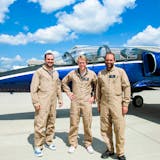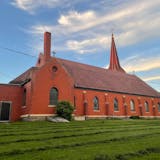A new school year is underway in Minneapolis Public Schools, and COVID-minded people have been wondering: Where did the portable HEPA filter units go?
Turns out a majority of the district’s schools received filtration-system upgrades that now have them meeting CDC-recommended air quality levels, according to a recent notice to principals.
“With this improvement in building-wide air filtration, the portable units are no longer needed for exceptional indoor quality,” though a few remain available “if needs arise,” the message states.
HEPA filters became a classroom fixture nationwide three to four years ago as school districts — aided by an infusion of federal pandemic money — set out to boost indoor air quality to help protect students and teachers from COVID-19 and other viruses.
Not every Minneapolis school has shed its HEPA units, however.
Filters are in place buildingwide at Hale Elementary, Kenny Elementary and Lake Nokomis-Wenonah Community school, where wider improvements could not be made, the district said.
They also remain in select classrooms at eight schools: Anthony Middle School, Bryn Mawr Elementary, Dowling Elementary, Lake Harriet Lower Elementary, Las Estrellas Dual Language Elementary, Roosevelt High School, Sanford Middle School and Waite Park Elementary.
St. Paul
St. Paul Public Schools still has its HEPA purifiers in place and available for the staff to use, said Angela Vreeland, the district’s air-quality coordinator, who added their ability to filter out dust, pollen and viruses make them an integral part of the district’s indoor air quality strategy.


